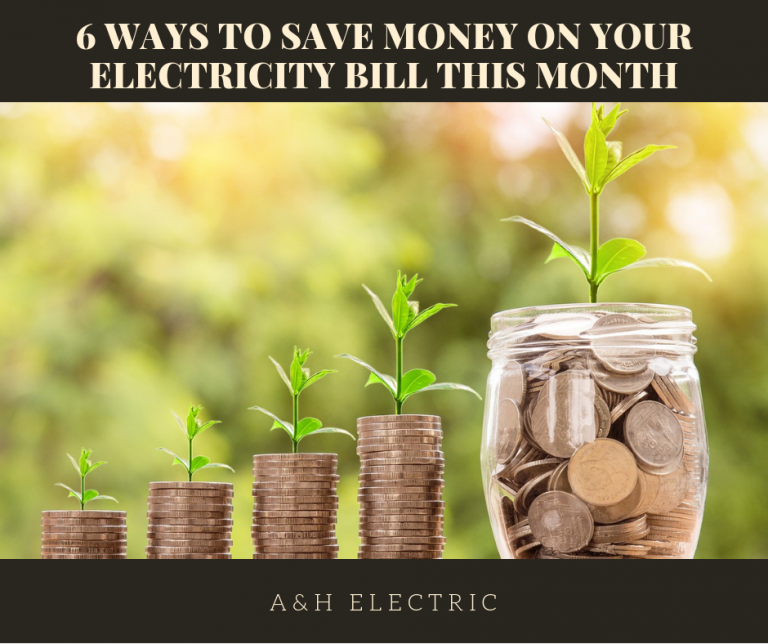Solar panels - Washington State Department of Ecology

7 Easy Facts About Our Technology - First Solar Explained
Micro-inverted solar panels are wired in parallel, which produces more output than regular panels wired in series, with the output of the series figured out by the least expensive performing panel. This is called the "Christmas light effect". Micro-inverters work independently to enable each panel to contribute its optimum possible output for an offered amount of sunshine.
In 2013, crystalline silicon represented more than 90 percent of around the world PV production, while the rest of the general market is made up of thin-film innovations using cadmium telluride, CIGARETTES and amorphous silicon Emerging, third generation solar technologies utilize advanced thin-film cells. They produce a reasonably high-efficiency conversion for the low expense compared to other solar technologies.

MJ-cells are compound semiconductors and made of gallium arsenide (Ga, As) and other semiconductor products. Another emerging PV technology using MJ-cells is concentrator photovoltaics (CPV ). Thin movie [modify] In stiff thin-film modules, the cell and the module are manufactured in the very same assembly line. The cell is produced on a glass substrate or superstrate, and the electrical connections are produced in situ, a so-called "monolithic combination." The substrate or superstrate is laminated with an encapsulant to a front or back sheet, usually another sheet of glass.

Solar panels now cost lessThank government policy- Vox

Check For Updates "/>Types of Solar Panels - The Home Depot
What Does What Is A Solar Panel? How does a solar panel work? Mean?
Amorphous silicon has a sunshine conversion rate of 612%. [] Flexible thin film cells and modules are produced on the exact same assembly line by depositing the photoactive layer and other needed layers on a flexible substrate. If the substrate is an insulator (e. g. polyester or polyimide movie) then monolithic integration can be used.
/house-with-solar-panels-174673282-ab883d486cb043a985efd2f5020381d0.jpg)
Solar panel - Wikipedia
The cells are put together into modules by laminating them to a transparent colourless fluoropolymer on the front side (usually ETFE or FEP) and a polymer ideal for bonding to the final substrate on the other side. Smart solar modules [modify] Numerous business have actually started embedding electronic devices into PV modules. This enables performing MPPT for each module separately, and the measurement of efficiency information for tracking and fault detection at module level.
